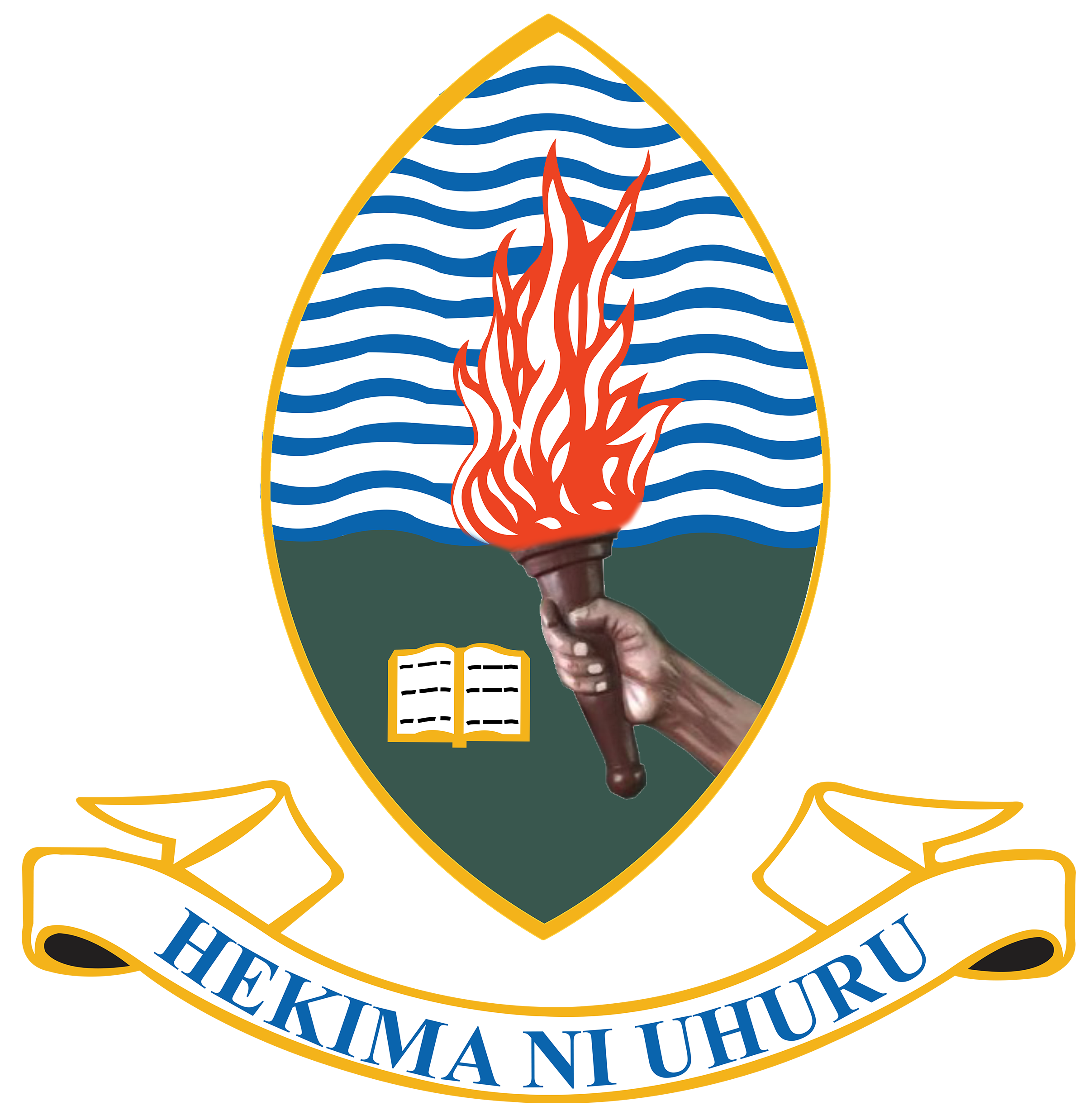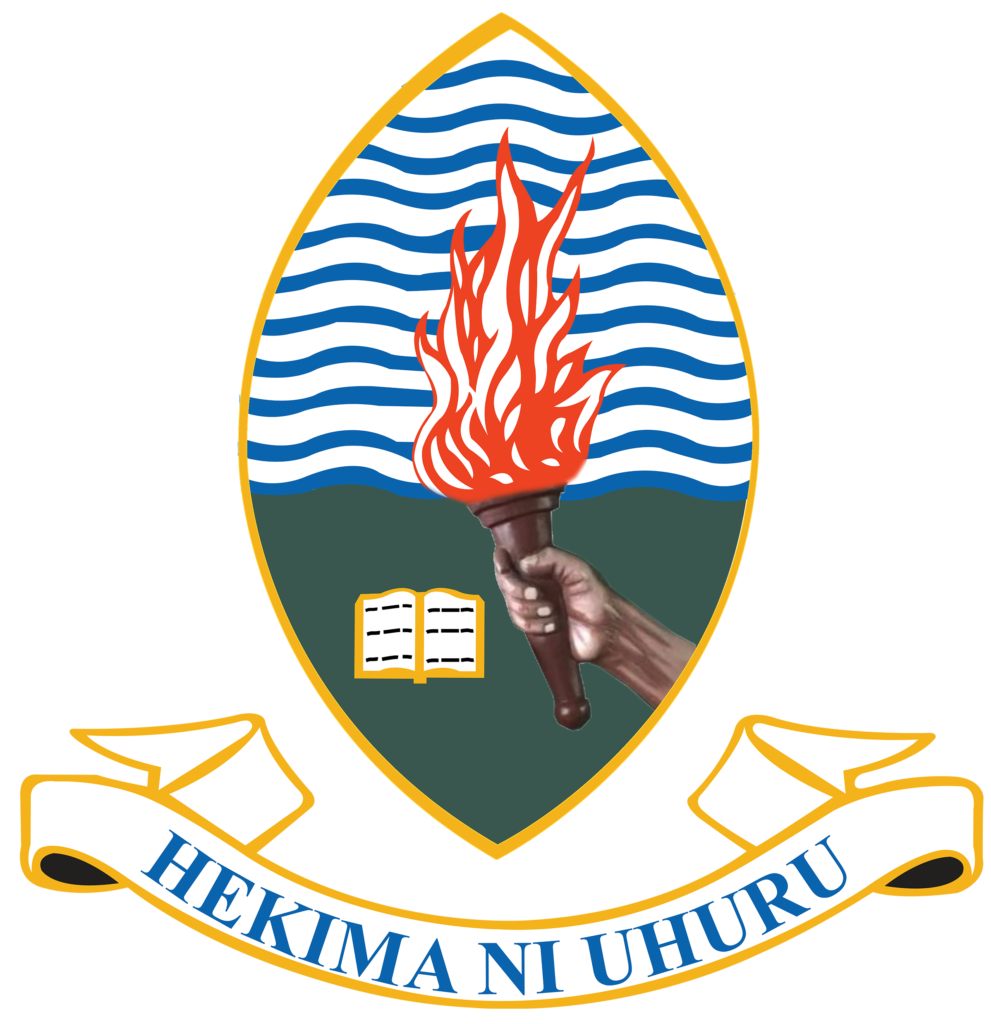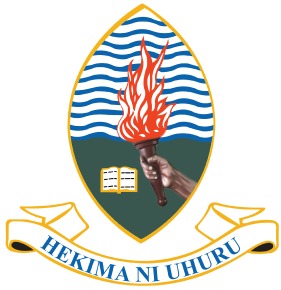INTRODUCTION
In the ever changing field of public health, the ability to detect and respond swiftly is paramount. With weaker health systems and insufficient surveillance, outbreaks are more likely to go undetected and untreated. To ensure that actions are suitably targeted and effective in assisting epidemic control, timely data collection, management, sharing, analysis, and reporting is essential. The transition from eIDSR system to Multi-Module Outbreak Management System (OMS) represents a crucial evolution of our surveillance capabilities. The Multi-Module Outbreak Management System has been developed to be employed seamlessly in both routine surveillance activities and outbreak response, providing an integrated and sustainable approach to healthcare. This article explains our experience in this transition process, highlighting the challenges faced, approaches employed, lessons learned and the resulting impacts on public health surveillance.
BACKGROUND
The emergence of epidemics in different nations poses complex issues in several areas of response, such as contact tracing, case management, and case detection. The COVID-19 epidemic brought to light the considerable challenge of efficiently tracking down contacts and managing infections. A worldwide problem shared by health systems is the lack of technological infrastructure designed specifically for managing outbreaks.
When the COVID-19 pandemic broke out in Tanzania’s mainland on March 16, 2020, a number of actions were made to combat the virus. Notably, an electronic system that included vital demographic, clinical, laboratory, immunization, and outcome data was created to expedite case registration. This approach was very helpful in gathering detailed line lists, test findings, case outcomes (both suspected and proven), and contact tracing information. Complementary applications were also developed to support the COVID-19 response. These applications include AFYA MSAFIRI for traveler screening upon entry and exit, CHANJOCOVID for vaccine appointments, and PIMACOVID for test bookings.
A significant problem that demands a significant investment of time and resources in its creation is the proliferation of unique disease-specific systems for individual outbreaks. In addition, limited resources could make it difficult to develop a system quickly enough to address new outbreaks. It would be easier to track suspected cases, confirmed cases, and contacts if a complete system capable of handling various epidemics were established. This would also expedite early response activities. As such, the deployment of reliable epidemic management and contact tracing technologies is clearly necessary.
The eIDSR system has served as a cornerstone in many countries’ disease surveillance efforts, providing a digital platform for data collection and analysis. However, the need for a more comprehensive and adaptable system became apparent as health threats continued to evolve. The transition to Multi-Module Outbreak Management System (OMS) aimed to integrate mobile and web functionalities, enhance data analysis capabilities and improve response mechanisms to outbreaks
USER PROFILE
Ministry of Health
CHALLENGE FACED
The transition process was not without its hurdles. Some of the key challenges we faced included:
- User Adoption: Training sessions and user engagement initiatives are necessary to facilitate a smooth transition.
- Integration Complexity: Integrating multiple modules into a cohesive system, accommodating both mobile and web interfaces, posed significant technical challenges. Ensuring seamless data flow and synchronization across platforms was paramount.
- Migration of data : Careful preparation and execution were required to transfer historical data from the eIDSR system to the new system without compromising integrity.
- Metadata standardization: To ensure consistency, interoperability and efficiency in the exchange of data and information.
- Change Management: Continuously evaluate and adapt the change management plan based on feedback and lessons learned throughout the implementation process.
SOLUTION IMPLEMENTED
To tackle these challenges effectively, we adopted a multifaceted approach:
- Comprehensive Needs Assessment: We assessed the existing system to identify gaps and determine the requirements for the new system.
- Agile Development Methodology: We embraced agile development methodologies to enable us to iterate quickly, respond to changing requirements, and incorporate feedback from stakeholders throughout the development process. We also prioritized collaboration, flexibility and responsiveness to ensure our solutions align closely with the dynamic needs of our users and stakeholders.
- User-Centric Design: We prioritized user experience (UX) design, to ensure the new system is intuitive, user-friendly, and tailored to the specific needs of the clients.
- Interoperability and Integration: We leveraged the interoperable standards and APIs to ensure seamless integration with existing health information systems, including PoE, Lab systems, Tertiary hospitals, to facilitate data exchange and interoperability.
- Robust testing: Strict testing procedures were put in place to guarantee the system’s functionality and dependability by spotting and fixing problems early.
RESULTS AND IMPACT
The successful transition to a Multi-Module OMS yielded significant results and impacts:
- Improved responsiveness:
- Enhanced data quality:
- Empowered decision making:
- Scalability and Adaptability: The modular design of Outbreak Management System has ensured scalability and adaptability to accommodate future needs and evolving outbreaks.
- Ease of maintenance and updates: The modular systems configurable approach offers streamlined solutions for maintenance and update. Updates can be applied to specific modules without causing disruption to the entire system’s functionality.
TESTIMONIALS
“The eIDSR system has transformed our surveillance capabilities, providing real-time insights into disease trends and enabling proactive decision-making. Its user-friendly interface has facilitated seamless integration into our existing workflows, resulting in improved efficiency and accuracy in reporting- Fidelis Ronjino, Public Health Officer, Ministry of Health
“After deploying the eIDSR system, the ability to detect and respond to public health threats has been revolutionized. The system’s streamlined data collection and analysis have empowered us to swiftly identify outbreaks and implement targeted interventions, saving countless lives in the process.” – Dr. Vida Mmbaga, Director of Epidemiology, Ministry of Health
“The implementation of the eIDSR system has significantly enhanced our surveillance infrastructure, enabling timely detection and response to infectious diseases. Its customizable features have allowed us to tailor the system to our specific needs, ensuring optimal performance and effectiveness in safeguarding public health.” – Gerald Kimario, eIDSR Focal Kyerwa DC
“Since deployment of the eIDSR system, the Ministry of Health has experienced a paradigm shift in disease surveillance and response. The system’s advanced analytics capabilities have empowered us to identify emerging health threats early on, enabling proactive measures to mitigate their impact on our communities.” – Dr. Danstan Ngenzi, Medical Officer, Ministry of Health
LESSONS LEARNED
Our journey yielded several invaluable lessons:
- Stakeholder Engagement is Key: Engaging stakeholders at every stage of the process is crucial to ensure buy-in, identifying requirements, and fostering ownership of the new system.
- Flexibility is Essential: The ability to adapt to evolving requirements and unforeseen challenges is essential in complex projects like these.
- Invest in Capacity Building: Investing in capacity building initiatives, including training programs and user support mechanisms, is essential for maximizing the impact and sustainability of the new system.
- Effective communication: Transparent and frequent communication with stakeholders fostered trust and cooperation throughout the transition process.
- Sustainability planning: Incorporating long term sustainability considerations from the outset was crucial to ensure the continued success and relevance of the system.
- Continuous Improvement is Imperative: The transition to a new system is not the end of the journey but rather the beginning. Continuous monitoring, evaluation, and refinement are necessary to ensure that the system remains effective and responsive to changing needs.
WAY FORWARD (FUTURE OUTLOOK)
- Interoperability with laboratory information system
- The eIDSR system currently does not automatically capture laboratory results, so it’s imperative to consider developing a functionality that will facilitate the seamless transmission of laboratory results to the eIDSR system.
- Interoperability with Point of Entry Surveillance System
- It is also anticipated that the EIDSR will be complemented by data from other systems, such as AfyaMsafiri (Surveillance system for travelers), enhancing surveillance capabilities for individuals entering or departing the country, thereby strengthening the overall surveillance infrastructure.
- Interconnectivity with other information systems
- Through information exchange with veterinary systems, the eIDSR system will alert health authorities to unusual animal disease and death, so they can take measures to prevent the spread of disease to human populations.


